Cuckoos, belonging to the avian family Cuculidae, are intriguing and enigmatic birds that have captivated ornithologists and nature enthusiasts alike.
Renowned for their unique reproductive strategy, cuckoos are characterized by their distinct and often melodious calls that resonate through diverse ecosystems worldwide.
With over 130 species distributed across continents, these birds exhibit a remarkable diversity in size, plumage, and behavior.
Cuckoos are renowned for their brood parasitism, a reproductive tactic where females lay their eggs in the nests of other bird species, compelling unwitting foster parents to raise their offspring.
This cunning strategy has fueled a fascinating evolutionary arms race between cuckoos and their unwitting hosts.
As both mysterious and adaptive creatures, cuckoos play a vital role in ecosystem dynamics, shaping avian interactions and contributing to the intricate tapestry of global biodiversity.
Exploring the world of cuckoos unveils a captivating realm of avian sophistication and survival strategies.
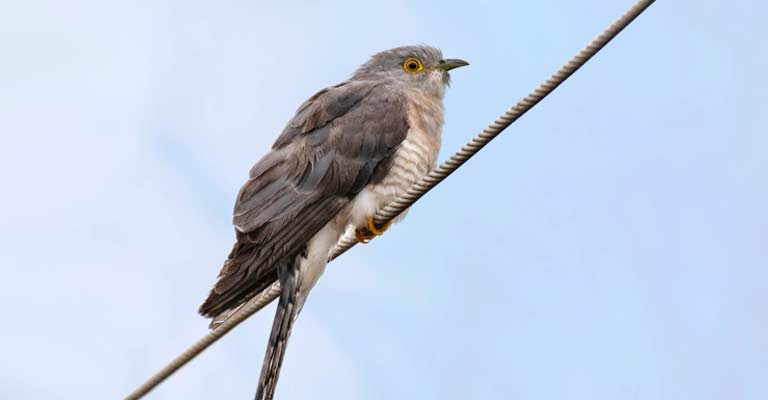
Identifying Characteristics of Cuckoos
Identifying cuckoos amidst the diverse avian tapestry demands a keen eye and an understanding of their unique features.
These birds exhibit a range of characteristics, both in terms of physical attributes and behavioral traits, which contribute to their distinctiveness.
Here are eight key points to help identify these elusive and fascinating creatures.
Size and Shape
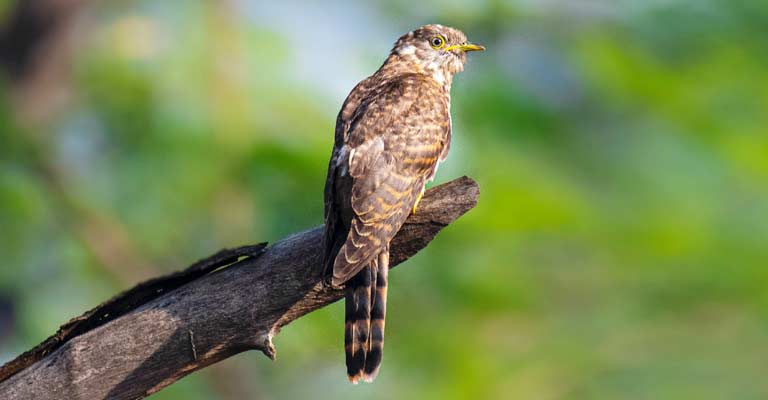
Cuckoos vary widely in size, ranging from small to large, but they typically possess a slender body with a long tail. Their wings are pointed, and their overall silhouette may resemble that of a falcon or a hawk.
Plumage Patterns
The plumage of cuckoos is often intricate and marked by subtle patterns. Some species display distinct coloration, while others adopt a more cryptic approach with earthy tones to blend into their surroundings.
Pay attention to any unique markings, such as bars, spots, or streaks on their feathers.
Distinctive Calls
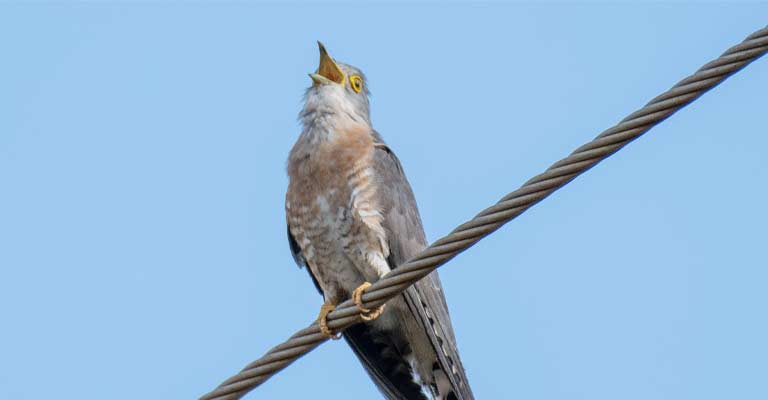
One of the most identifiable features of cuckoos is their vocalization. Each species has a unique call, which can range from melodious coos to distinct trills.
Learning to recognize these calls is crucial for identifying cuckoos, especially since they often hide within foliage.
Eye Color and Facial Features
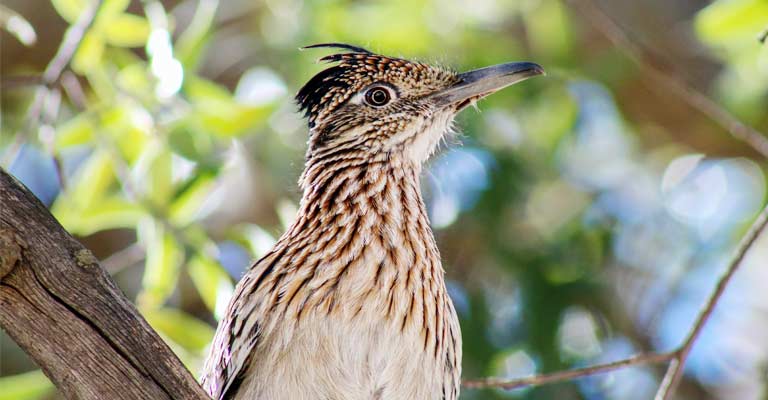
The color of a cuckoo’s eye and facial features can be distinctive. Some species have striking eye rings or facial markings. Observing these details can provide additional clues for accurate identification.
Tail and Wing Features
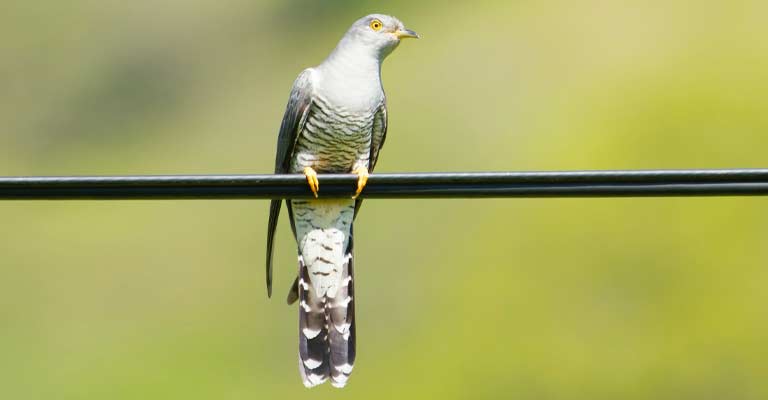
Examine the tail and wings closely. Cuckoos often have long tails with unique patterns, and their wings may display contrasting colors or markings.
Noting these features during observation or through binoculars can contribute significantly to identification.
Migration Patterns
For some cuckoo species, understanding their migration patterns is essential for identification.
Some are migratory, covering vast distances, while others remain resident year-round. Seasonal changes in their distribution can offer valuable insights into their species.
Identifying cuckoos involves a holistic approach, combining observations of size, plumage, calls, behavior, habitat preferences, facial features, tail and wing characteristics, and migration patterns.
Patience and a keen awareness of these features will unveil the captivating world of cuckoos, allowing bird enthusiasts to distinguish these intriguing birds from the vast array of avian species.
Taxonomical details of Cuckoos
Here is a table summarizing everything about the taxonomy details of the Cuckoos:
| Taxonomic Rank | Classification |
| Domain | Eukaryota |
| Kingdom | Animalia |
| Phylum | Chordata |
| Class | Aves |
| Order | Cuculiformes |
| Family | Cuculidae |
| Genus | Cuculus |
Cuckoos belong to the family Cuculidae, a diverse avian group classified within the order Cuculiformes.
This taxonomic family encompasses over 130 species, exhibiting a wide range of sizes, plumage variations, and behavioral adaptations.
Within the family, notable genera include Cuculus, Chrysococcyx, and Coccyzus. Cuckoos are further classified based on their distinct features and ecological niches. Taxonomically, they share common ancestry with turacos and coucals.
The intricate taxonomic details highlight the evolutionary diversity within this family, underscoring the fascinating array of adaptations that cuckoos have developed across their extensive global distribution.
Major Species of Cukcoos
Cuckoos, encompassing a diverse range of over 130 species, are a captivating group of birds classified under the family Cuculidae. Here are the major species of Cukcoos.
Pacific Long-tailed Cuckoo
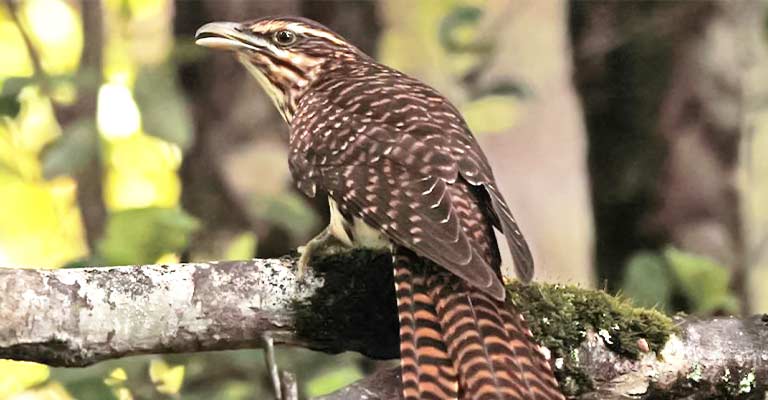
This species, found in the Pacific region, is known for its distinctively long tail and vibrant plumage. It often migrates over vast distances, displaying a nomadic lifestyle.
Puerto Rican Lizard Cuckoo
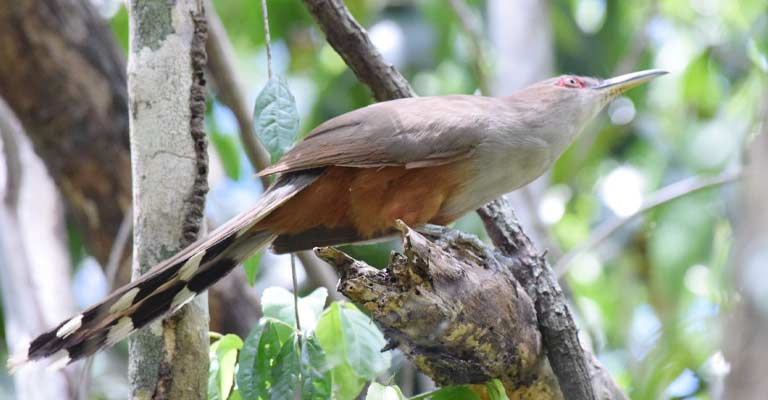
Endemic to Puerto Rico, this cuckoo has adapted to a variety of habitats, from dense forests to urban areas. Its name is derived from its diet, which prominently features lizards.
Black-billed Cuckoo
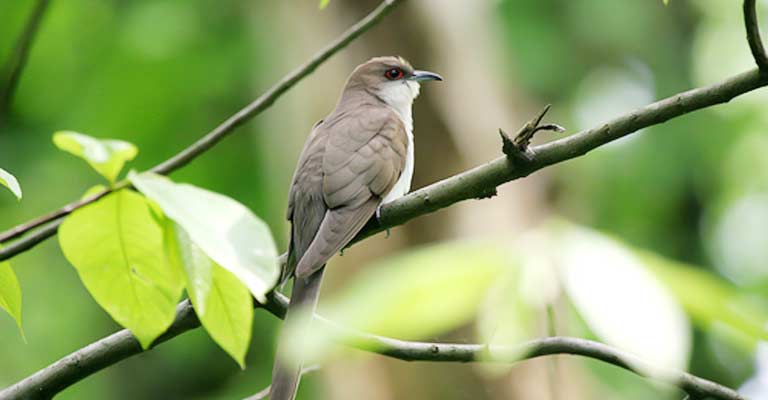
Recognized by its black beak and overall muted plumage, the Black-billed cuckoo is widespread in North America. It is particularly associated with deciduous forests.
Mangrove Cuckoo
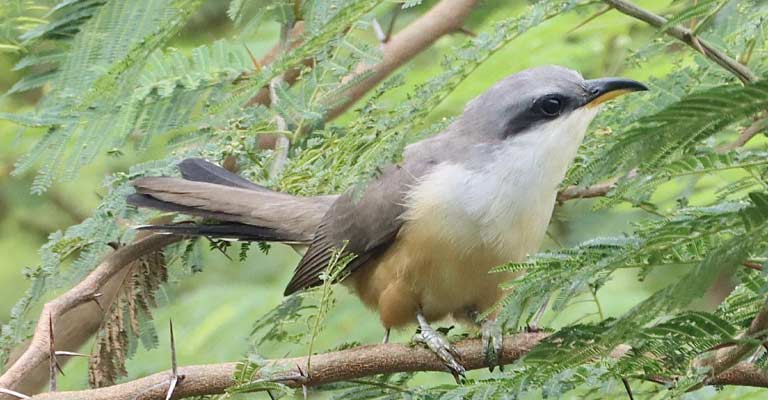
Thriving in coastal ecosystems, the Mangrove cuckoo is adapted to mangrove habitats. Its striking coloration and preference for coastal areas distinguish it within the cuckoo family.
Yellow-billed Cuckoo
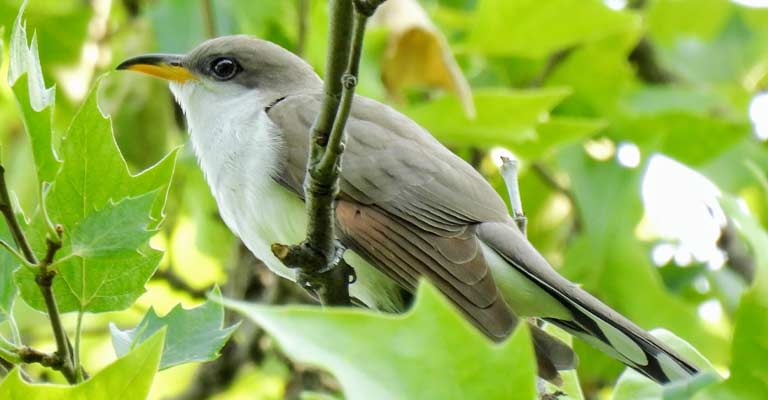
Known for its distinctive yellow lower mandible, this cuckoo is widespread in North and Central America. It is often associated with riparian habitats and is recognized for its long, slender body.
Dark-billed Cuckoo
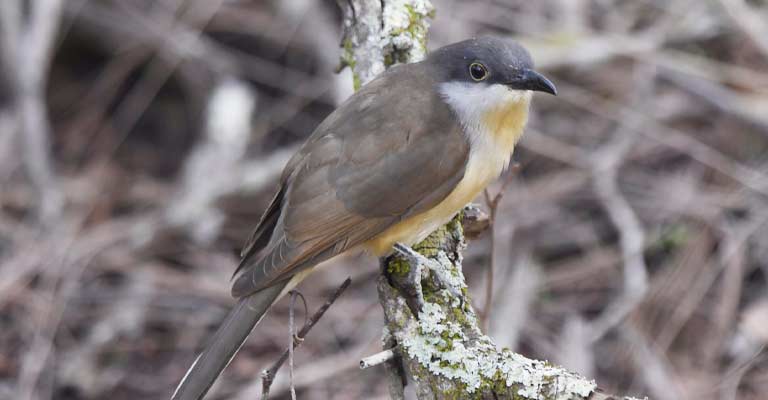
This species is characterized by its dark-colored bill and is often found in wooded areas of Central and South America. Its elusive nature and subtle plumage make it a challenging bird to spot.
Chestnut-winged Cuckoo
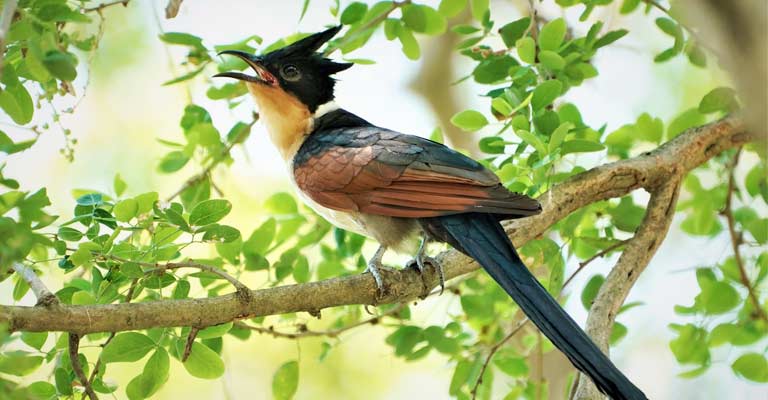
Endemic to Southeast Asia, the Chestnut-winged cuckoo stands out with its chestnut-colored wings. It is often associated with tropical forests and exhibits migratory behavior.
Oriental Cuckoo
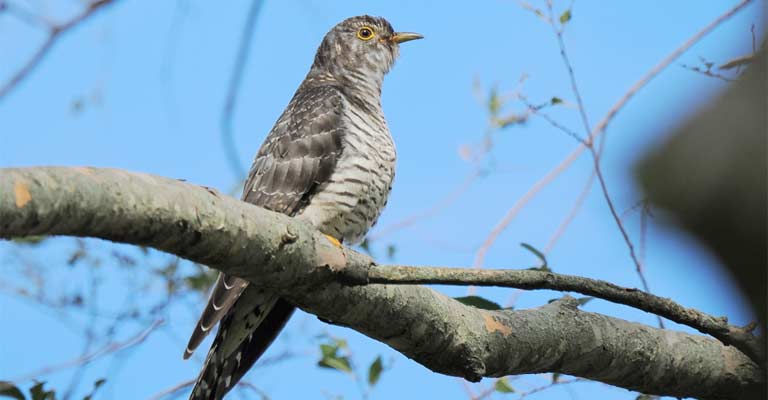
Native to Asia, the Oriental cuckoo is known for its diverse plumage, displaying both barred and spotted patterns. It migrates over long distances, connecting breeding grounds in Siberia with wintering areas in South Asia.
Common Cuckoo
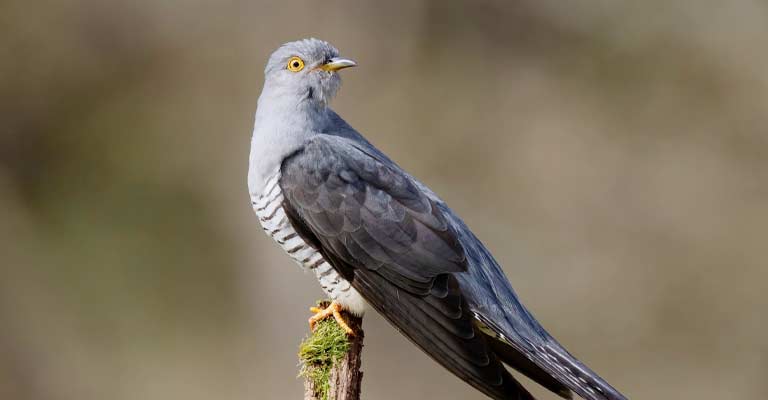
Widespread across Europe and Asia, the Common cuckoo is famous for its brood parasitism. Females lay their eggs in the nests of other birds, letting them raise the cuckoo chicks.
Greater Roadrunner
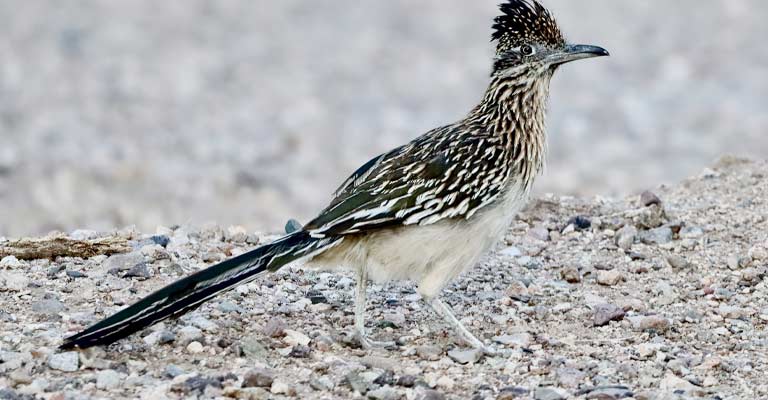
Native to North America, particularly the arid regions of the southwestern United States, the Greater Roadrunner is a ground-dwelling cuckoo known for its distinctive appearance and swift running capabilities.
Groove-billed Ani
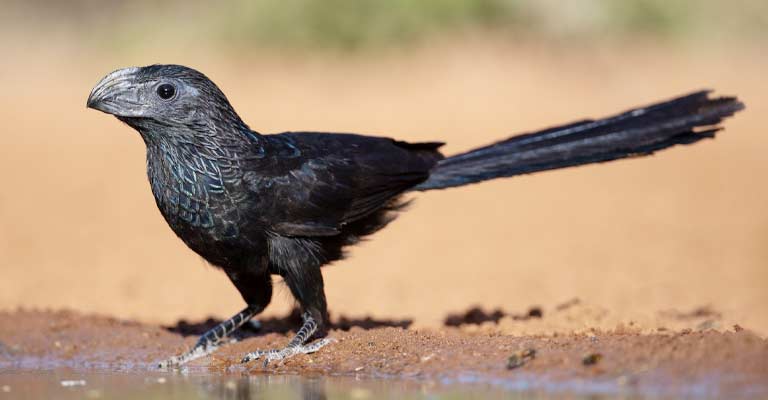
This bird, found in the Americas, sports a distinctive grooved bill. Often seen in open habitats, the Groove-billed ani is social and forms communal groups during the breeding season.
Smooth-billed Ani
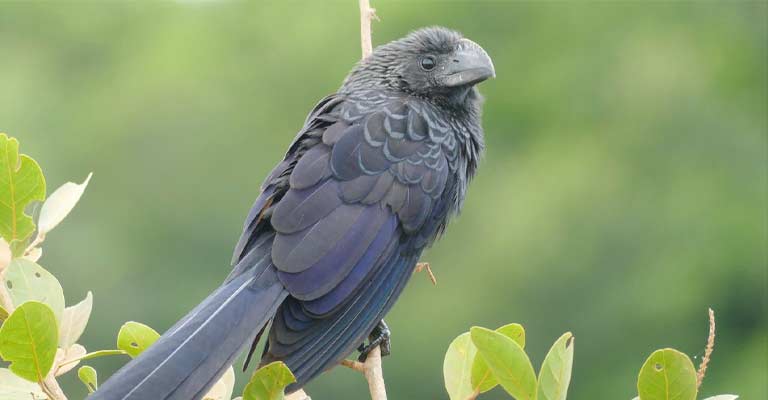
Similar to the Groove-billed Ani, the Smooth-billed Ani is known for its sleek bill. It resides in tropical and subtropical regions and is recognized for its communal living and cooperative breeding habits.
Greater Ani
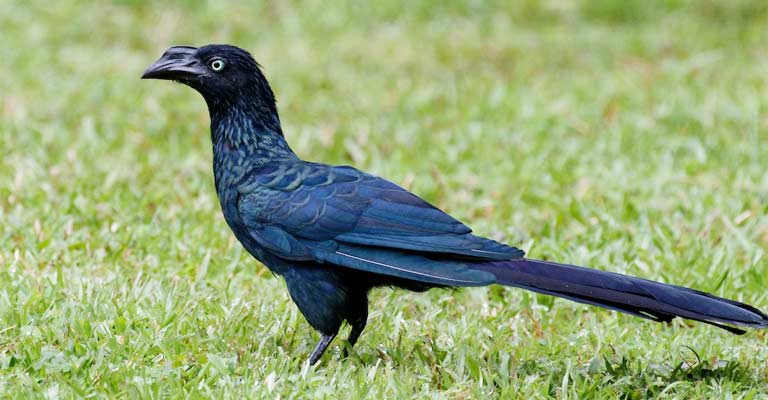
Native to South America, the Greater Ani is notable for its larger size within the ani genus. It forms cohesive groups and occupies a variety of habitats, including grasslands and open woodlands.
While these birds share a common ancestry, the variations in their appearance, behavior, and ecological preferences demonstrate the adaptive nature of cuckoos across different regions and environments.
Studying these specific species offers valuable insights into the intricate relationships between avian biodiversity and their respective habitats.
Cuckoos Life History
Cuckoos, renowned for their elusive nature and unique reproductive strategy, boast a rich life history characterized by intriguing behaviors and adaptations.
From their choice of food sources to nesting habits and conservation concerns, exploring the comprehensive life history of cuckoos unveils a captivating narrative of survival and ecological significance.
Food
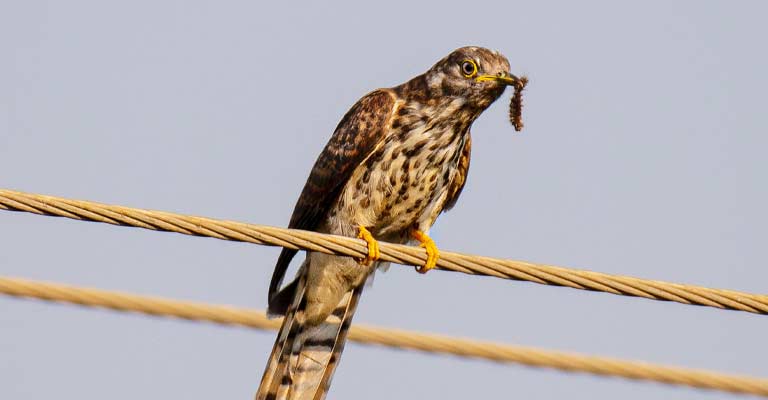
Cuckoos are primarily insectivorous, feasting on a diet that includes caterpillars, insects, and various invertebrates. Some species supplement their diet with fruits, providing them with essential nutrients.
Their foraging methods vary, with ground-dwelling species actively scouring the forest floor, while others hunt insects in mid-flight or pluck them from vegetation.
Habitat
Cuckoos exhibit a remarkable adaptability to diverse habitats, ranging from dense tropical forests to open woodlands and even urban areas.
Their choice of habitat often corresponds to their preferred food sources, with some species thriving in more arboreal environments, while others navigate terrestrial landscapes.
Range Map
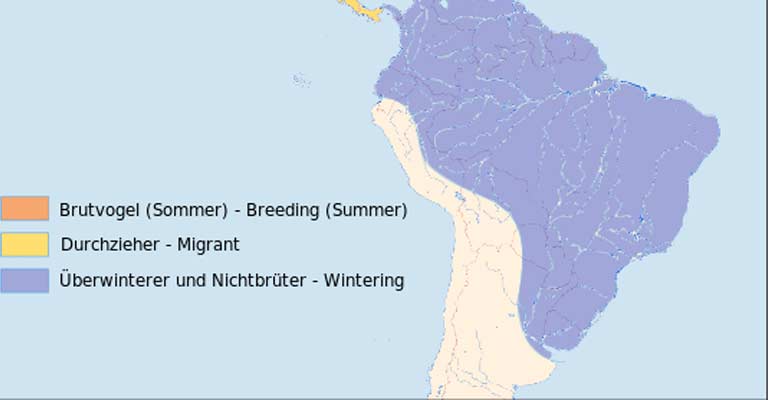
Cuckoos boast a global distribution, with various species occupying specific regions. A comprehensive range map highlights their presence in Asia, Africa, Europe, the Americas, and Australasia.
The ability to traverse continents underscores their impressive migratory patterns and adaptability to different ecosystems.
Nesting
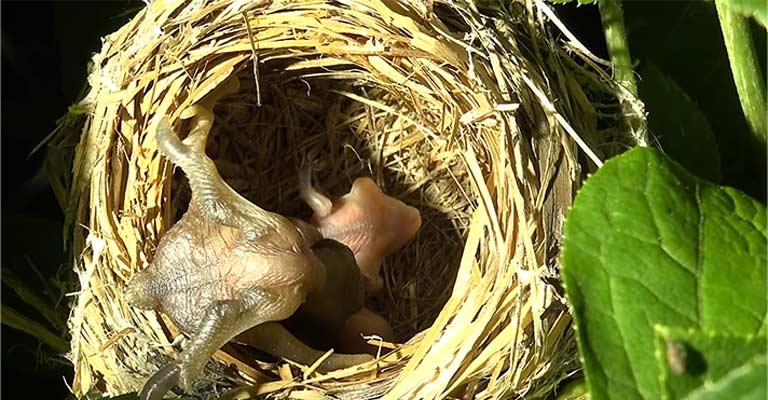
Cuckoos are notable for their distinctive reproductive strategy called brood parasitism. Instead of building their nests, female cuckoos lay eggs in the nests of other bird species.
The unwitting host birds then raise the cuckoo chicks alongside their own offspring.
This cunning adaptation has led to a coevolutionary arms race between cuckoos and their hosts, influencing nesting behaviors across avian communities.
Here is a table containing all the necessary info about the nesting habit of Cukcoo:
| Nesting Details | Common Cuckoo (Cuculus canorus) |
| Clutch Size | 1 egg |
| Number of Broods | Typically 1 |
| Egg Length (cm) | 2.6 – 3.3 |
| Egg Width (cm) | 1.8 – 2.2 |
| Incubation Period (days) | About 12 |
| Nestling Period (days) | 17 – 21 |
| Egg Description | Bluish-green with spots |
| Nest Type | Brood parasitism |
| Nest Location | Host bird’s nest |
| Parental Involvement | Limited to egg-laying |
Breeding
Cuckoos exhibit diverse breeding behaviors, with some species engaging in complex courtship rituals and vocalizations to attract mates.
The timing of breeding varies among species, with some being seasonal breeders while others breed opportunistically.
Female cuckoos meticulously select host nests for their eggs, a behavior critical to the success of their reproductive strategy.
Diseases
Cuckoos, like many bird species, can be susceptible to various diseases, including avian malaria and parasites.
These health concerns may impact their overall fitness and reproductive success, highlighting the interconnectedness of ecological factors in their life history.
Treatment
Conservation efforts often involve monitoring and addressing health issues in cuckoo populations.
Wildlife veterinarians and researchers collaborate to develop strategies for mitigating disease impacts, including habitat preservation, vaccination programs, and public awareness campaigns to reduce potential threats.
Conservation
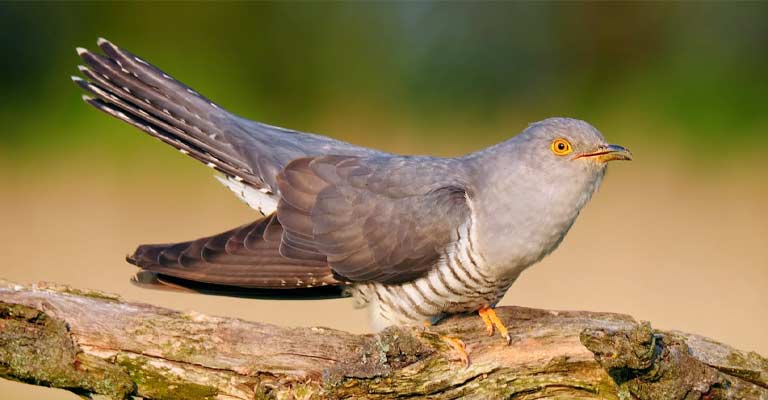
Cuckoos face conservation challenges due to habitat loss, climate change, and potential disruptions to their intricate reproductive strategies.
Conservation initiatives focus on preserving diverse ecosystems and ensuring suitable habitats for foraging and nesting.
Additionally, public awareness and research contribute to understanding and mitigating the threats cuckoos encounter, promoting their long-term survival in a changing environment.
Behavioral Habits of Cuckoos
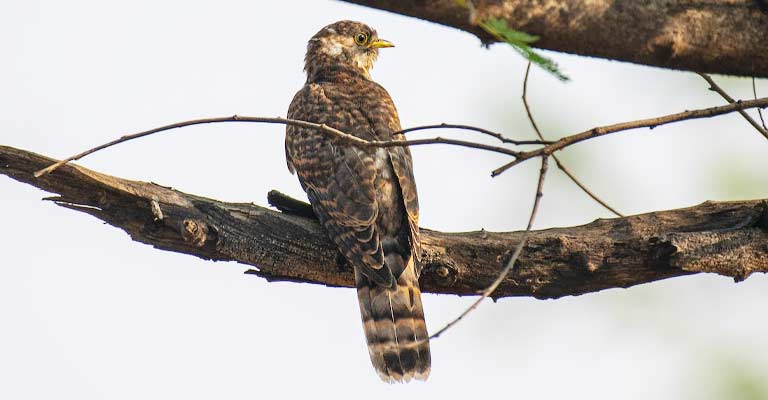
Cuckoos, with their enigmatic behaviors and distinctive ecological adaptations, exhibit a fascinating array of behavioral habits that set them apart in the avian world.
These birds, belonging to the family Cuculidae, showcase behaviors intricately woven into their survival strategies and reproductive tactics.
Brood Parasitism
One of the most intriguing behavioral habits of cuckoos is their unique reproductive strategy known as brood parasitism.
Female cuckoos surreptitiously lay their eggs in the nests of other bird species, entrusting the unwitting hosts with the responsibility of raising their young.
This cunning adaptation has led to a coevolutionary arms race, shaping the behaviors of both cuckoos and their host species.
Vocalizations
Cuckoos are renowned for their distinctive calls, which play a crucial role in communication and mate attraction. Each species possesses a unique vocalization, ranging from melodious coos to sharp trills.
The calls not only serve for individual identification but also play a role in territorial defense and courtship rituals.
Foraging Techniques
Cuckoos display diverse foraging techniques tailored to their preferred habitats and dietary preferences. Some species actively scour the forest floor for insects, while others engage in mid-air pursuits or pluck prey from vegetation.
Their adaptability in foraging methods allows them to thrive in a wide range of ecosystems.
Courtship Displays
During the breeding season, cuckoos engage in intricate courtship displays to attract mates. These displays often involve elaborate flights, vocalizations, and visual signals, showcasing the birds’ agility and vitality.
Courtship rituals play a vital role in pair formation and contribute to the overall reproductive success of the species.
Territorial Behavior
Cuckoos are known for defending territories, particularly during the breeding season. Territorial disputes may involve aerial chases, vocal duels, and visual displays.
Establishing and defending territories is essential for securing resources and ensuring successful reproduction.
The behavioral habits of cuckoos reflect their intricate adaptations to diverse ecosystems.
From the deceptive strategy of brood parasitism to their captivating vocalizations and courtship displays, cuckoos exemplify the nuanced interplay between behavior, ecology, and survival in the avian realm.
Studying these behaviors provides valuable insights into the evolutionary strategies that have allowed cuckoos to thrive in various habitats worldwide.
Wrapping Up
The behavioral complexity, reproductive tactics, and adaptability of cuckoos contribute to their unique place in the avian kingdom.
From the clandestine art of brood parasitism to the melodious echoes of their distinct calls, cuckoos exemplify the intricate dance between survival and ecological harmony.
Their diverse foraging techniques, courtship rituals, and migratory patterns further underscore the captivating nature of these birds.
Studying cuckoos offers a glimpse into the delicate balance of nature, where adaptation and coevolution shape the lives of these enigmatic creatures, leaving an indelible mark on the ecosystems they inhabit.